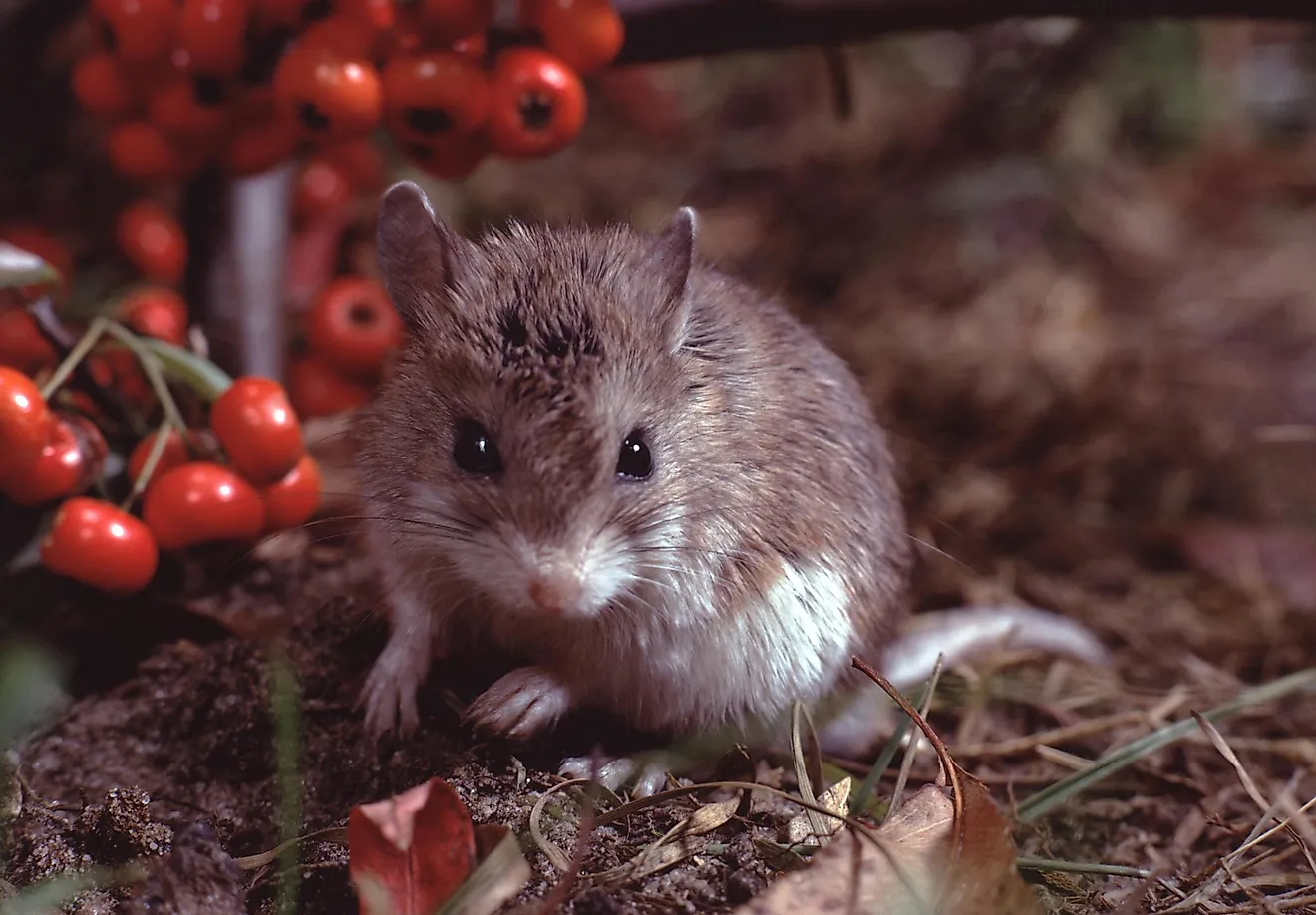Werewolf Mice Are Real: How This Rodent Got Its Name

- This mouse featured in the latest and very popular documentary Night On Earth on Netflix.
- Seeds and grain constitute only about 10% of the southern grasshopper mouse diet.
- The southern grasshopper mouse is also called a scorpion mouse for its habit of eating Arizona bark scorpions.
Mice are typically seen as grain-eating, timid creatures: and the majority are. However, there is one genus in the US - Onychomys - which has evolved to survive on very different food. The grasshopper mice are omnivorous with the preference for the carnivorous menu. Grains and grasses are only a small fraction of their diet.
These unique mice are endemic to the southern US and Mexico and evolved to succeed in harsh, hot desert environments. The southern grasshopper mouse is from 5 to 7 inches long from the nose to the tip of the tail. They do not look too dissimilar from other mice; it is their behavior and diet that makes them so unusual.
These Rodents Eat Scorpions And Other Rodents
These mice are nocturnal; they hide from heat and predators during the day and hunt at night. They mostly eat insects: crickets, grasshoppers, and beetles. However, they also kill and eat scorpions, lizards, and centipedes, and when they get a change - other rodents, including voles. For this reason, they have to be separated from other small animals in captivity.
Grasshopper mice are capable and agile predators that can kill and eat the prey of their own size. They roam relatively large areas every night. When a Grasshopper mouse encounters toxic and strong prey, such as scorpions and centipedes, they demonstrate incredible capabilities. They move very fast, remaining out of reach of the poisonous jaws or stinger, and attempt to kill the prey quickly by biting through the exoskeleton. As soon as the prey is paralyzed, the mouse can eat without worry.
Scorpions, which have a wider reach, often manage to sting the attacking mouse. Scorpions kill by injecting the toxin, which disrupts nervous function. However, the grasshopper mice evolved sensory neurons that resist the toxin, and maintain its function, so the mouse does not become paralyzed or succumbs to pain.
The Southern Grasshopper Mouse Is A Succesful Hunter
These mice are not the most speedy runners. With their short legs and round bodies, they are relatively easy to catch in the open space. However, the sacrifice of the speed allowed them to become very maneuverable, even in most narrow spaces. This is beneficial for a hunter: they can catch fast prey in their hiding places and avoid the counter-attacks of scorpions and centipedes.
Scientists debated the adaptation which this mouse developed for its diet for a long time. Most meat-eating hunters either have a very wide gape and longer teeth, like Sabretooth Tiger, or an average gape and a powerful bite, like a modern tiger. Initially, the mice were thought to follow the first scenario; but, after gathering some additional evidence, the researches found that their gape is similar to their seed-eating relatives. The main difference, it appears, is the bite force: these mice can bite through the tough exoskeleton of large anthropods. Grasshopper mice might not be Sabertooth cats, but they are tiny tigers of the desert.
These Mice “Howl”
Most mice can use both ultrasonic and regular frequency sounds to communicate with each other. Often enough, their calls can be heard inside the houses they occupy.
The grasshopper mice, however, have a more extensive range of different vocalizations, and the voices that are individual and distinct. When they feel attacked or attack themselves, they emit a shrieking, piercing back. Being territorial, these mice also tend to vocalize to mark their claim: they stand on their hind legs, stretch as tall as they can, throw their heads back, and produce a long high-pitch (9-14 kHz) calls.







